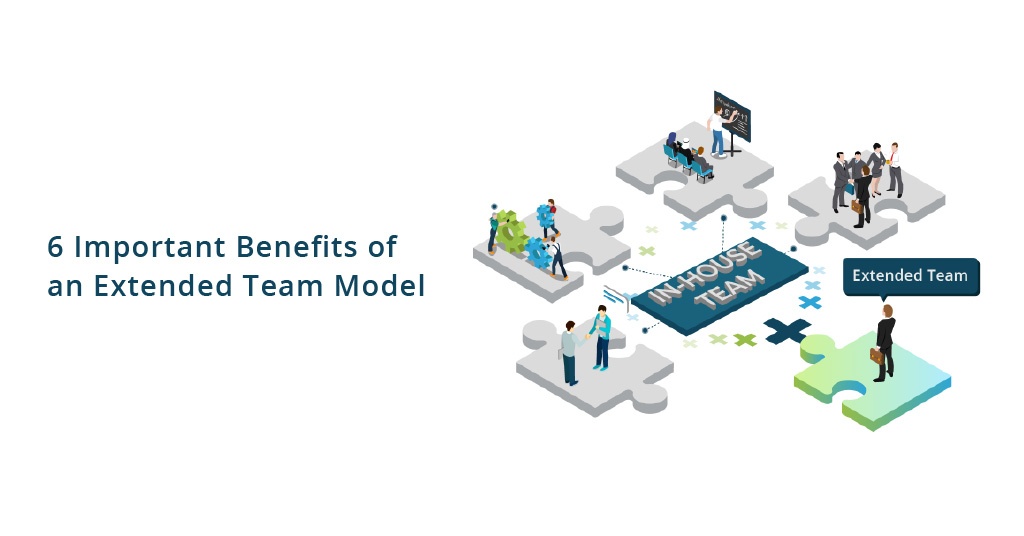Accelerating IT Development with AI Paired Programming: A CIO’s Guide
Pair programming is a technique where two programmers work together on the same code, one writing the code and the other reviewing it. Pair programming can improve the quality, efficiency and creativity of software development, as well as enhance the skills and satisfaction of the programmers.
However, pair programming also has some challenges, such as finding a compatible partner, coordinating schedules and communication styles, and dealing with conflicts and distractions. Moreover, pair programming may not be feasible or desirable for some projects or tasks that require more individual work or privacy.
This is where Artificial Intelligence (AI) can come in handy. AI can act as a virtual pair programmer that can assist you with various aspects of software development, such as:
–Code completion: AI can suggest relevant code snippets or fill in missing parts of your code based on the context and your preferences.
–Code review: AI can analyze your code for errors, bugs, style issues, security vulnerabilities, performance bottlenecks, and best practices, and provide feedback and suggestions for improvement.
–Code refactoring: AI can help you restructure your code to make it more readable, maintainable, reusable, and scalable, by applying design patterns, renaming variables, extracting methods, simplifying expressions, etc.
–Code testing: AI can generate test cases and test data for your code, run automated tests, and report the results and coverage.
–Code documentation: AI can generate comments and documentation for your code based on its functionality and structure.
–Code generation: AI can create new code from scratch or from natural language specifications or examples.
By using AI as a pair programmer, you can benefit from:
–Increased productivity: AI can help you write code faster and more accurately, by reducing the cognitive load and the need for manual work.
–Enhanced quality: AI can help you improve the quality of your code by detecting and fixing issues early and enforcing standards and best practices.
–Improved learning: AI can help you learn new skills and technologies by providing guidance, feedback, and examples.
–More creativity: AI can help you explore new ideas and solutions by generating alternatives and variations for your code.
–More flexibility: AI can adapt to your preferences and needs, and work with you anytime and anywhere.
Using AI as a pair programmer can be a rewarding experience that can boost your software development skills and outcomes. However, you should also be aware of the limitations and challenges of using AI in this context. For example:
–Trust: You should not blindly trust the suggestions or feedback from AI without verifying their correctness and suitability for your project. You should also be aware of the potential biases or errors that may affect the performance of AI.
–Communication: You should communicate clearly and explicitly with AI about your goals, expectations, and preferences. You should also provide feedback to AI to help it learn from your behavior and improve its service.
–Ethics: You should respect the ethical principles and guidelines for using AI in software development. You should also consider the social and environmental impacts of your code and how it may affect other stakeholders.
Using AI as a pair programmer is an exciting opportunity to leverage the power of AI for software development. By following some best practices and precautions, you can enjoy the benefits of using AI as a pair programmer while avoiding the pitfalls. Happy coding!

